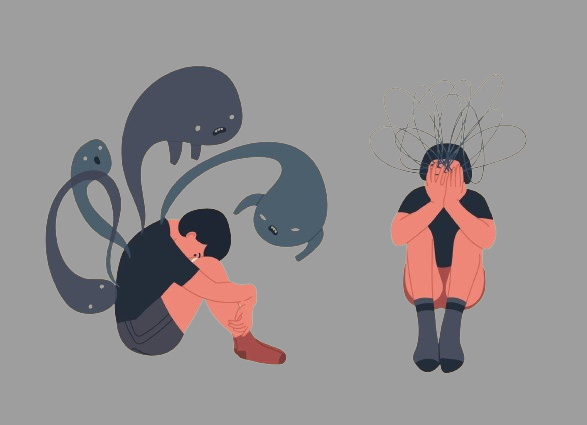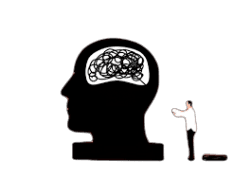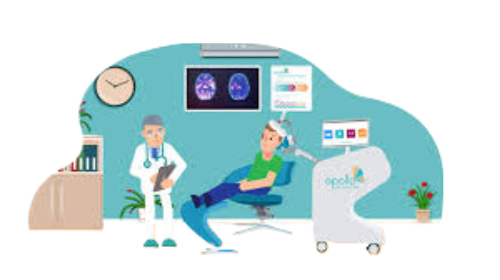“Gabapentin ruined my life “a sentiment that many who have encountered the negative effects and withdrawal symptoms linked to this often given medicine have expressed. Originally created to treat seizures and nerve pain, gabapentin has drawn attention because of its abuse and addiction potential. Gabapentin is frequently recommended for neuropathic pain, restless leg syndrome, and other diseases even though it is categorized as a prohibited medication. On the other hand, abusing it can have disastrous effects including as addiction, respiratory depression, weight gain, and cognitive decline. This essay explores the risks associated with gabapentin abuse, the withdrawal symptoms, and the necessity of appropriate addiction treatment and medical monitoring for people who are impacted.
What is gabapentin?
The main purposes of the prescription drug gabapentin are to reduce pain from postherpetic neuralgia and other neuropathic pain syndromes, as well as to manage partial seizures in people with epilepsy. Even though gabapentin has many medical advantages, there are a number of mild to severe adverse effects and withdrawal symptoms that can occur. These could appear after just one dose or grow with continued use.
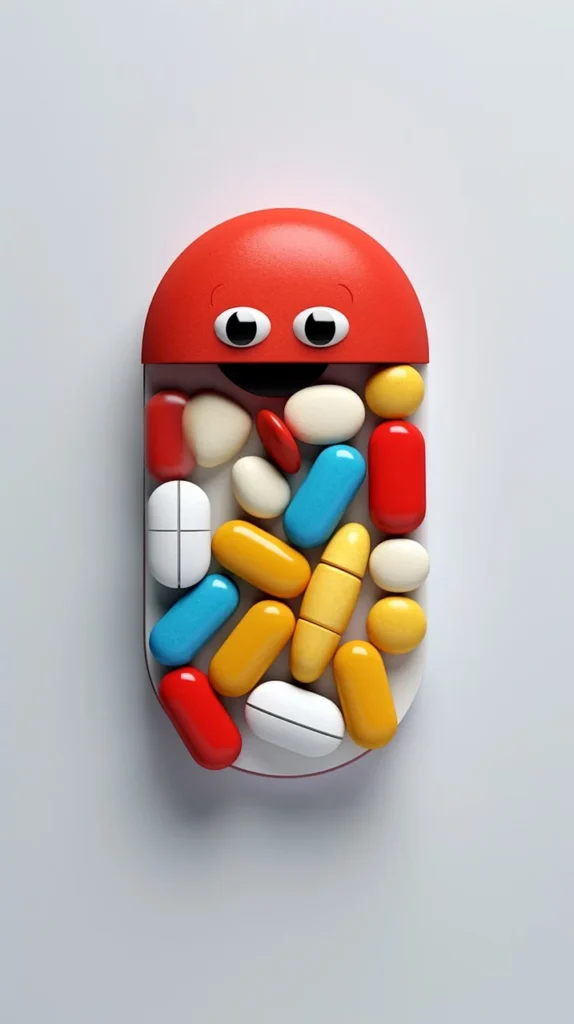
Despite not being categorized as a prohibited substance and not being thought to carry a high risk of abuse, gabapentin has been abused on occasion. To be more precise, some people have combined gabapentin with opioids such as methadone to intensify the euphoric effects, raising questions about the drug’s misuse potential.
The brain chemical GABA (gamma-aminobutyric acid), which influences the central nervous system (CNS), and gabapentin share a similar molecular structure. In addition to helping with nerve pain, anxiety, and even restless nights, it can also elicit sensations of peace and relaxation.
The Dangerous Side Effects of Gabapentin
People should be aware that gabapentin might have both common and serious adverse effects. Some people may be more vulnerable to these effects than others, even if many may not feel them. Gabapentin side effects might vary from little discomfort to more serious issues.
The following are a few major adverse effects that gabapentin may cause:
- Mood swings: Some people may go through emotional or behavioral changes as well as mood swings. See your doctor if you experience any strange changes in your mood. If required, they may think about changing your prescription or looking into different treatment alternatives.
- Swelling in the extremities: One of the side effects of gabapentin is swollen arms and legs. Try sitting with your feet raised and avoiding extended standing to help with this. Talk to your healthcare practitioner about this if the swelling doesn’t go down.
- Blurred vision: One of the negative effects of gabapentin may be blurred vision. Avoid tasks requiring clear vision at this period, such as riding a bike, driving, or using machinery. For possible treatment plan modifications, speak with your doctor if your blurred vision lasts more than a few days.
- Difficulty obtaining an erection: When using gabapentin, some people may have trouble acquiring or keeping an erection. If this adverse effect manifests, discuss potential remedies or substitute medications with your physician to help handle this problem.
- Weight gain: Gabapentin may make you feel hungrier, which could result in weight gain. Preventing excessive weight gain can be achieved by controlling your diet and portion sizes in addition to sticking to a regular exercise schedule.
- Increased infections: A higher incidence of infections may be observed by some people. See your doctor for advice if you notice this effect.
- Memory Issues: Talk to your prescribing doctor if you experience memory problems while taking gabapentin. They are able to determine whether this side effect is caused by the medicine and suggest the best course of action.
- Headaches: Although they are a potential adverse effect of gabapentin, headaches normally go away during the first week of treatment. To choose the best course of action, let your healthcare professional know whether your headaches are severe or persistent.
Is It Addicting?
Gabapentin has the potential to be addictive. Although many people use it for valid medical reasons, abuse and dependence on the drug can lead to addiction in certain people. This is a common side effect of long-term, frequent use of the drug.
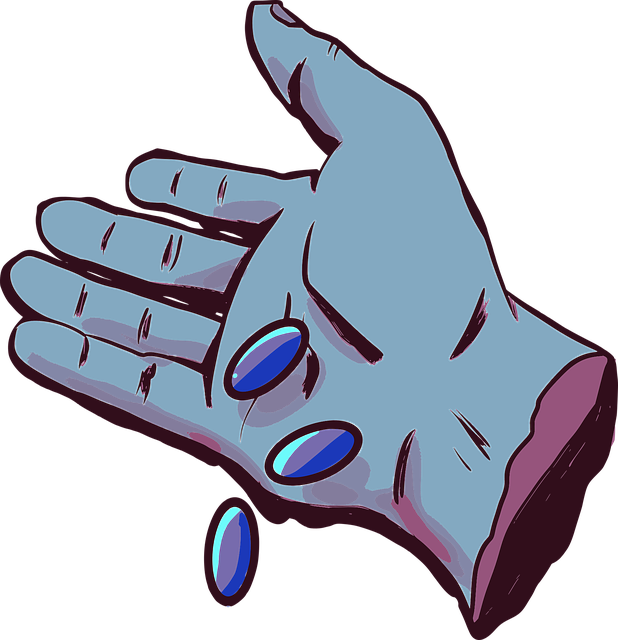
When the body gets used to gabapentin and needs it for regular function, physical reliance on the drug may result. This kind of reliance is a typical physiological reaction to long-term drug use. Should an individual develop a physical dependence on gabapentin, stopping its usage or lowering the dosage may result in withdrawal symptoms.
Symptoms of gabapentin withdrawal could include:
- Headaches,
- nausea,
- dizziness,
- anxiety, and
- insomnia
The rate at which the dosage is reduced is one element that may affect how severe these effects are. It is advised to gradually reduce the dosage while under medical supervision in order to properly treat gabapentin withdrawal. It is not advisable to quit using it suddenly, or “cold turkey,” as this might exacerbate withdrawal symptoms. Instead, a gradual and pleasant approach to detoxification is recommended.
Because gabapentin affects neurotransmitters in the brain, particularly GABA, which is involved in inhibitory signaling, there is a risk of addiction and withdrawal. Although the exact mode of action of the drug is unknown, physical dependence may eventually emerge as a result of its interaction with GABA.
Treatment for Addiction to Gabapentin
Get expert assistance if you or a loved one is addicted to gabapentin. Speak with a physician or addiction specialist for advice and details on various treatment programs.
It could be essential to go through a medical detoxification procedure for people who have a severe gabapentin dependence. Medical personnel who are qualified to treat withdrawal symptoms and make sure the patient is safe and comfortable during the procedure supervise medical detoxification.
Cognitive behavioral therapy
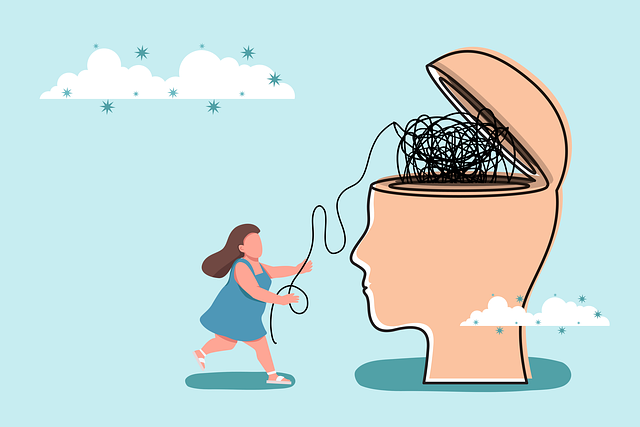
One of the most popular and well-researched types of psychotherapy is cognitive behavioral therapy (CBT), a structured, goal-oriented kind of talk therapy used by mental health professionals such as psychologists, therapists, and counselors to treat or manage emotional disorders and mental health conditions. CBT is founded on several fundamental ideas, such as: psychological issues are partially based on problematic or unhelpful thought patterns; psychological issues are partially based on learned patterns of unhelpful behavior; psychological issues are partially based on problematic core beliefs, including central ideas about yourself and the world; people experiencing psychological issues can learn better coping strategies, which can help alleviate their suffering.
Yoga
Yoga is a physical and mental exercise that can increase flexibility and strength. It might also aid in stress relief and pain management. Different forms of yoga use meditation, breathing exercises, and physical postures.
The ancient art of yoga may have its roots in India. In order to support both physical and mental well-being, it incorporates breathing exercises, movement, and meditation.
Meditation
Meditation is a practice that combines mental and physical methods to help you focus or cleanse your thoughts. You can meditate to unwind, lessen tension and anxiety, and more, depending on the style you select. Some even employ meditation to enhance their health, for example, to help them cope with the difficulties of giving up tobacco products.
Meditation has been practiced for thousands of years, and there are many variations from all around the world. However, it has only been in the last several decades that contemporary science has begun to thoroughly examine this practice. Modern technology has been instrumental in enabling some of the most significant advances in science’s understanding of meditation.
Art therapy
Art therapy is the application of creative techniques to improve mental health and treat psychological illnesses. The practice of art therapy is based on the notion that mental health and healing can be promoted via artistic expression.
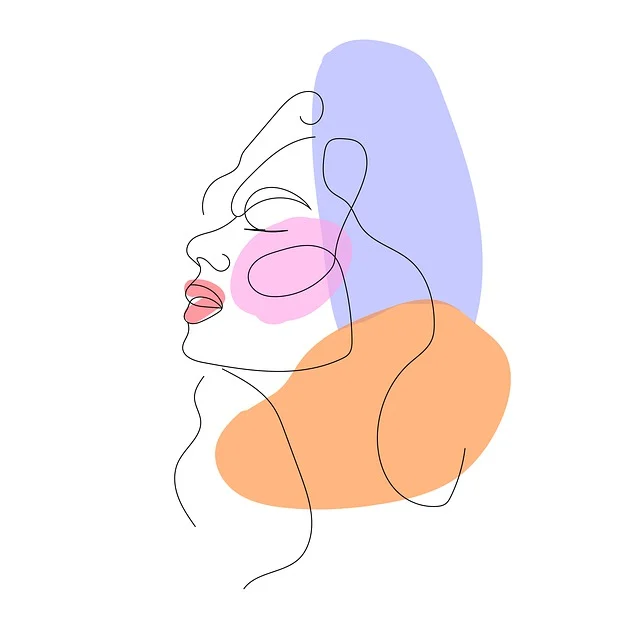
For thousands of years, people have used the arts as a means of self-expression, communication, and healing. However, it wasn’t until the 1940s that art therapy began to take on a systematic structure.
These methods put an emphasis on general wellbeing and can give people more resources for controlling their stress levels and appetites.
Participating in live or virtual support groups can offer people a feeling of belonging and comprehension. Support groups provide a forum for people to talk about their experiences, get advice, and get knowledge from others going through similar struggles.
Many people who are addicted to gabapentin may also be dealing with underlying mental health problems. Dual diagnosis treatment offers a thorough approach to recovery by addressing co-occurring mental health illnesses and addiction.
Aftercare programs are essential to sustaining sobriety following initial treatment. To assist people in overcoming the obstacles of everyday life and preventing relapses, these services may include continuous therapy, counseling, and support groups.

